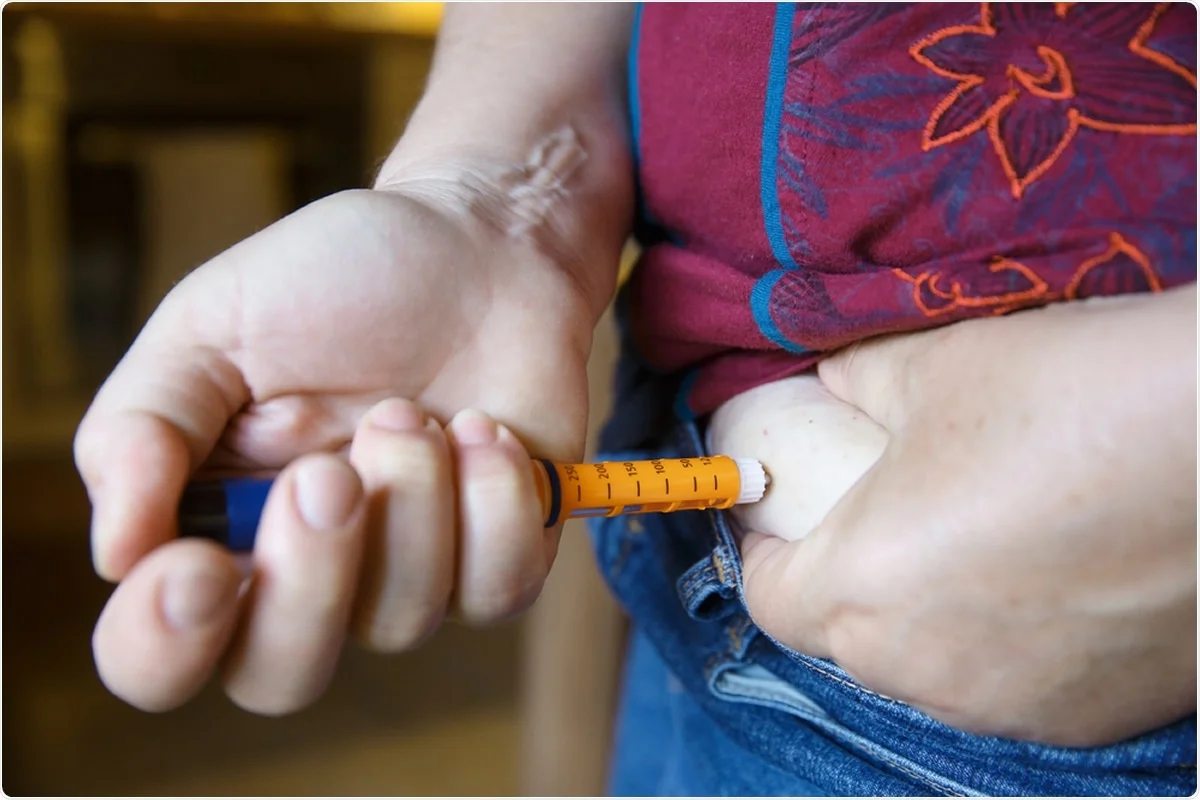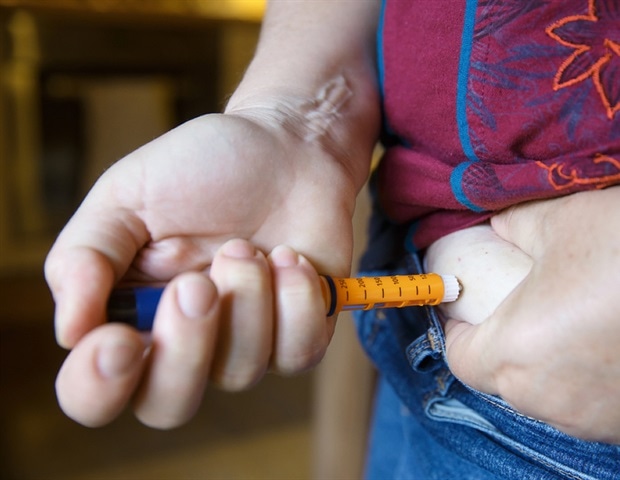The coronavirus disease (COVID-19) may cause severe disease in high-risk people, including the elderly, people with underlying health conditions such as heart disease and diabetes, and those with weakened immune systems.
Though most children and adolescents seem to be spared by the severe acute respiratory syndrome coronavirus 2 (SARS-CoV-2), the virus that causes COVID-19, a new study has tied the infection to an increased risk of type 1 diabetes in children.
A team of researchers at Imperial College Healthcare NHS Trust and Imperial College London has found a link between COVID-19 and new-onset type 1 diabetes in children. The research is published in the journal Diabetes Care.

New-onset type 1 diabetes
Data on new-onset type 1 diabetes during the coronavirus pandemic, particularly in children, is limited. A growing body of evidence has suggested the autoimmune disease may develop alongside the virus.
To arrive at their findings, the research team studied patients at four North-West London NHS Trusts, some of which have reported increased diabetes admissions. Thirty children in hospitals across the north-west London area presented with new-onset type 1 diabetes during the peak of the COVID-19 pandemic, which is double the number of cases usually seen in this period in previous years.
Any child admitted with COVID-19 symptoms, such as cough and fever, was tested for the coronavirus. Of the 21 who were tested, two tested positive, while of the 16 children who were tested for antibodies against SARS-CoV-2 to determine the previous exposure, three were positive. Overall, five children with new-onset type 1 diabetes had been infected with SARS-CoV-2.
“It appears that children are at low risk of developing serious cases of COVID-19. However, we do need to consider potential health complications following exposure to the virus in children,” Karen Logan, Honorary Research Associate at Imperial College London, Clinical Nurse Specialist at Imperial College Healthcare NHS Trust and supervising author of the study, said.
She added that the team’s analysis shows that during the pandemic peak, the number of new cases of pediatric type 1 diabetes is unusually high in two of the hospitals, compared to the previous years. They investigated further and found that some of the children with the new diagnosis of diabetes had active coronavirus infection or had antibodies showing they had been infected in the past.
“We believe this study is the first to show a potential link between COVID-19 and the development of type 1 diabetes in some children. Our study was limited to one UK region, and more research is needed to establish whether there is a definitive link between the two, but in the meantime, we hope clinicians will be mindful of this potential link,” she added.
The researchers said that during the peak of the outbreak, widespread testing was not available, so there may be children who have type 1 diabetes that were not tested for COVID-19.
Further, the team revealed that 70 percent of the children with newly diagnosed type 1 diabetes in the study exhibited Diabetic Ketoacidosis (DKA), a serious and life-threatening condition that occurs in people with diabetes if the blood insulin levels are too low. It happens when the body starts breaking down fat at a rate that is too fast, and in turn, the fat turns into ketones, causing the blood to become acidic.
DKA leads to many complications, including damage to the kidneys, the fluid inside the lungs, inflammation of the brain, and hypokalemia or low levels of potassium in the body.
More than 52 percent of the children had severe DKA, and the researchers that this is way higher than that from previous years.
Diabetes and COVID-19
Type 1 diabetes, also known as juvenile diabetes or insulin-dependent diabetes, is a long-lasting condition wherein the pancreas produces little or no insulin, which is a hormone essential for allowing sugar or glucose to enter cells to produce energy.
Type 1 diabetes causes damage to the pancreas, particularly insulin-producing cells, preventing the body from producing enough insulin to maintain and regulate blood glucose levels. If the blood glucose levels are too high, it can lead to complications, including delayed wound healing, damage to the eyes, and even kidney impairment.
Reports from China and Italy, which had been two of the first countries that experienced high numbers of COVID-19 cases early in the pandemic, have shown that some children have developed diabetes. The research team aimed to determine if new cases have been reported in the UK, and if these are related to COVID-19 exposure.
Though the current data does not prove a direct link, the researchers believe that the significant rise in cases during the pandemic suggests that there is a possible link. They recommend further research and analysis to establish a definitive link between COVID-19 and new-onset type 1 diabetes.
- New-Onset Type 1 Diabetes in Children During COVID-19: Multicenter Regional Findings in the U.K., Rebecca Unsworth, Susan Wallace, Nick S. Oliver, Shunmay Yeung, Archana Kshirsagar, Harshini Naidu, Ruth Min Wai Kwong, Priya Kumar, Karen M. Logan, Diabetes Care Aug 2020, dc201551; DOI: 10.2337/dc20-1551, https://care.diabetesjournals.org/content/early/2020/08/13/dc20-1551
